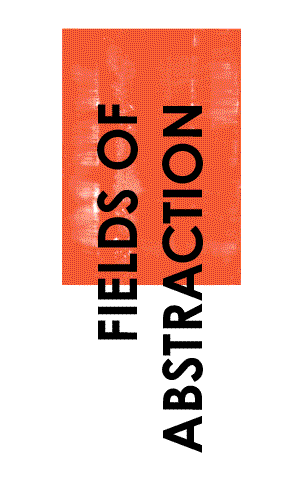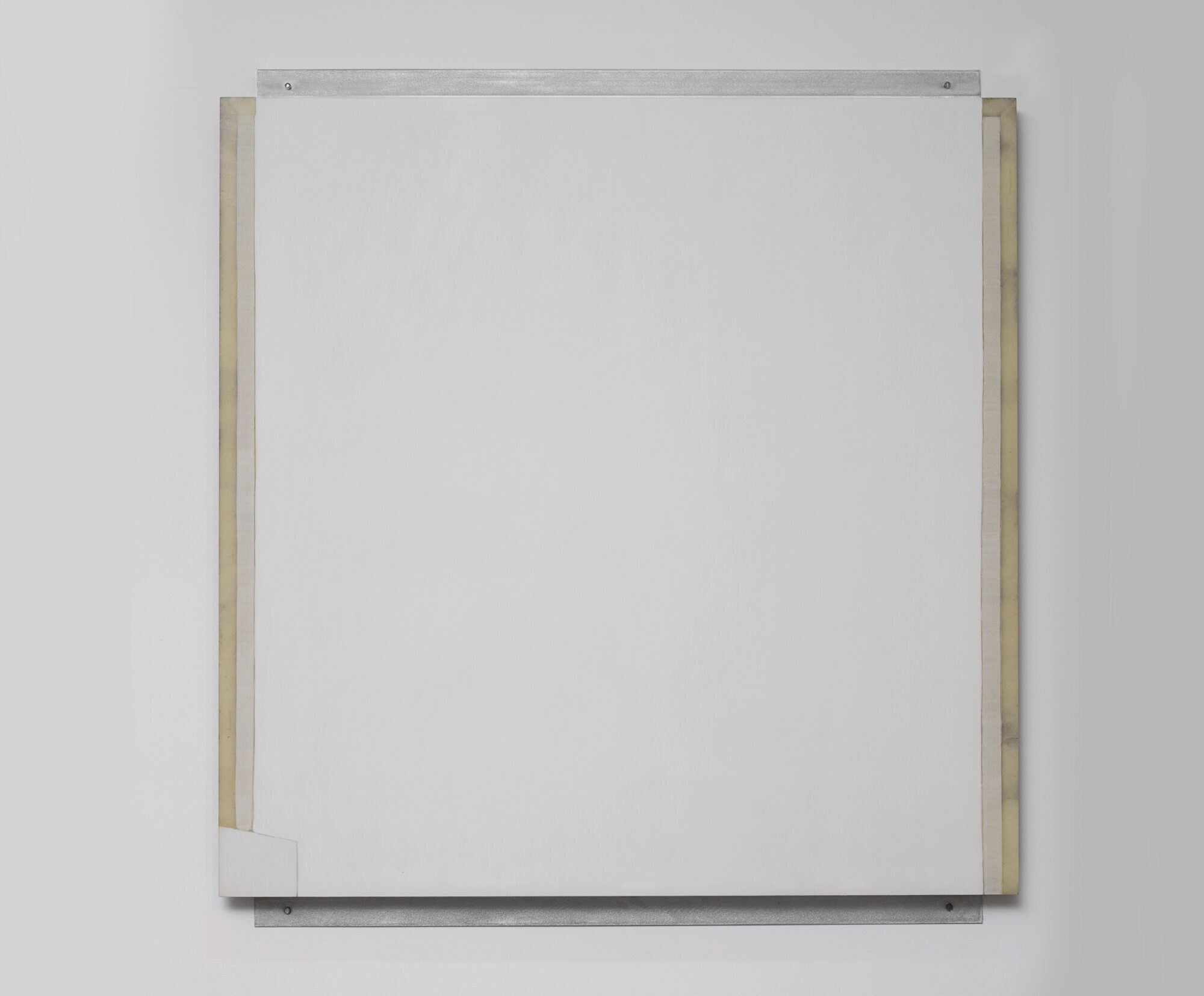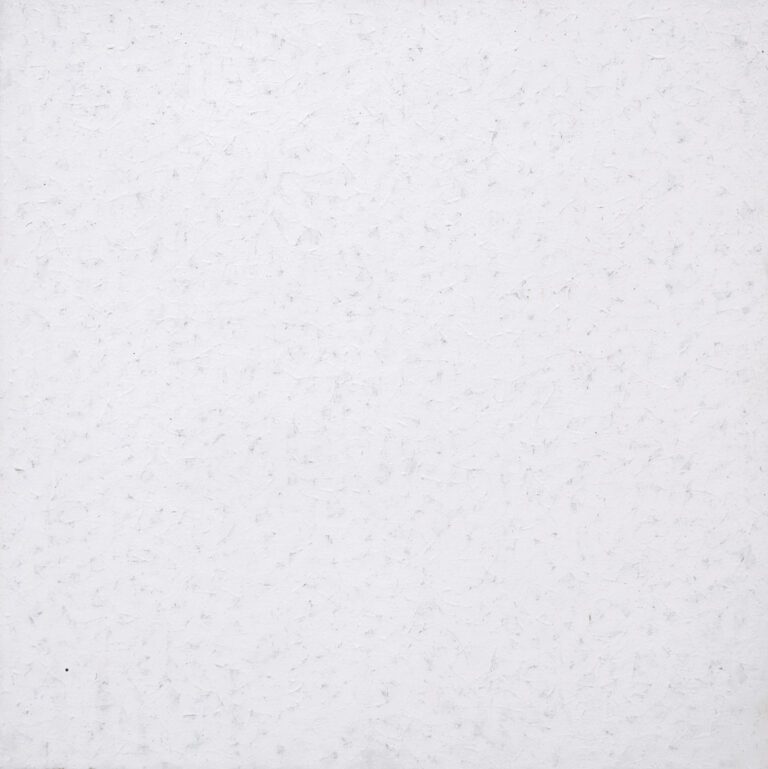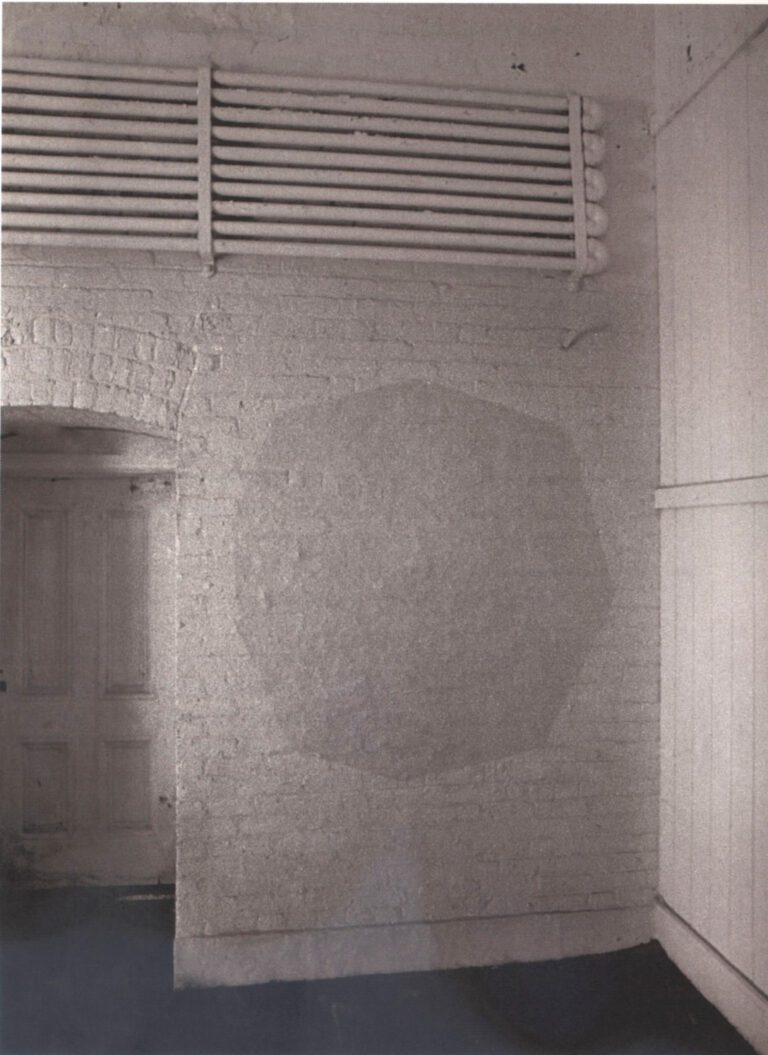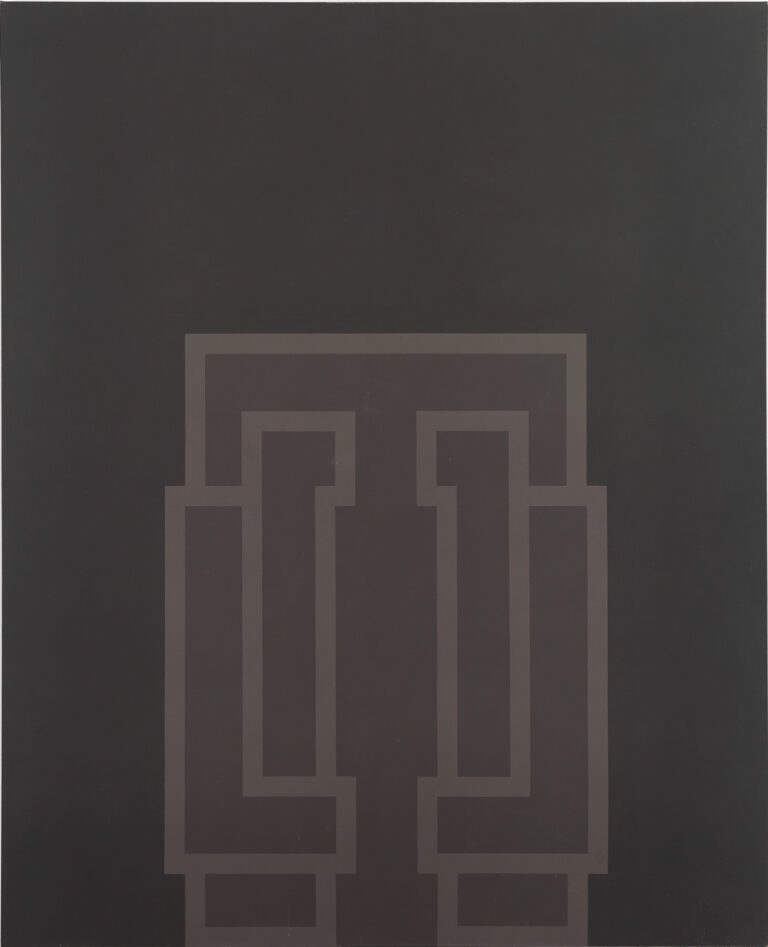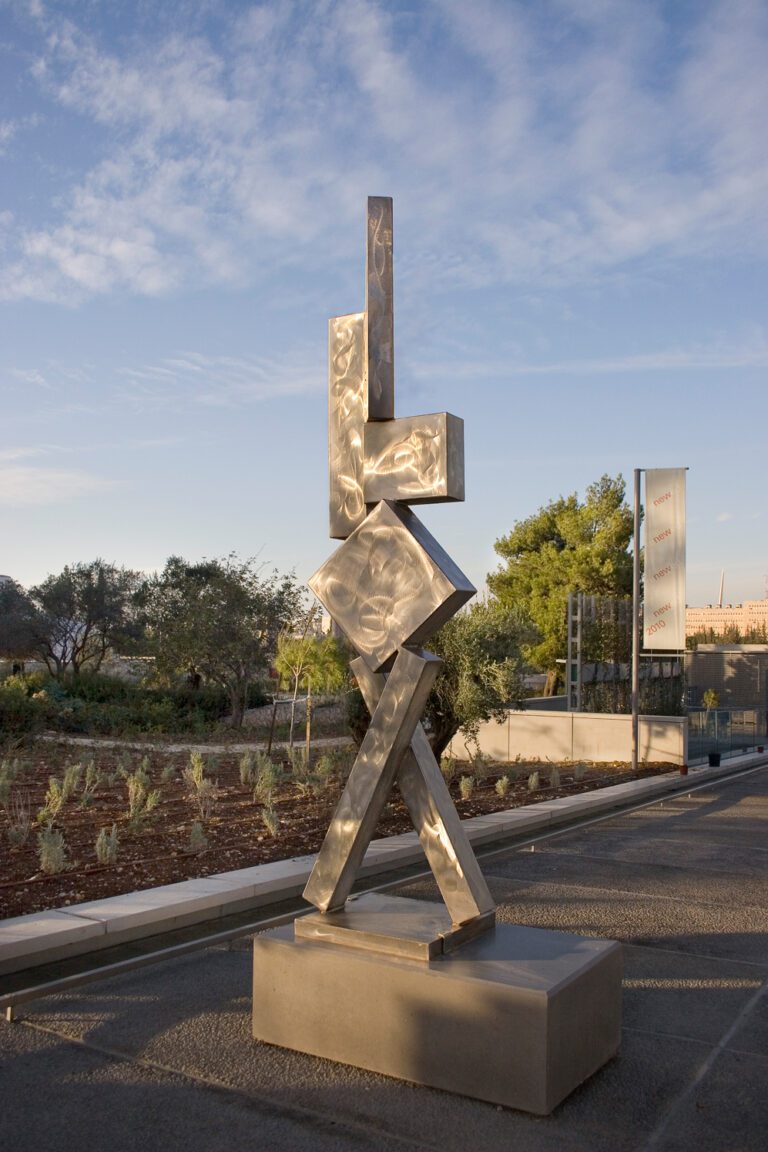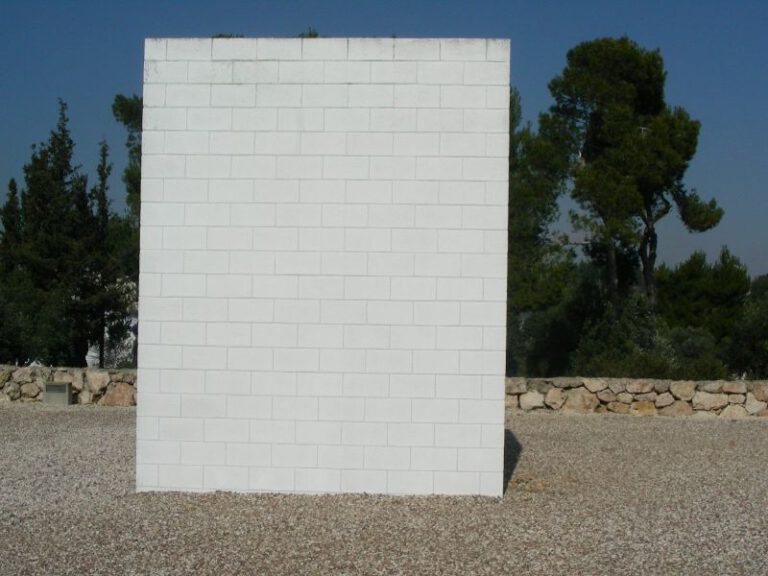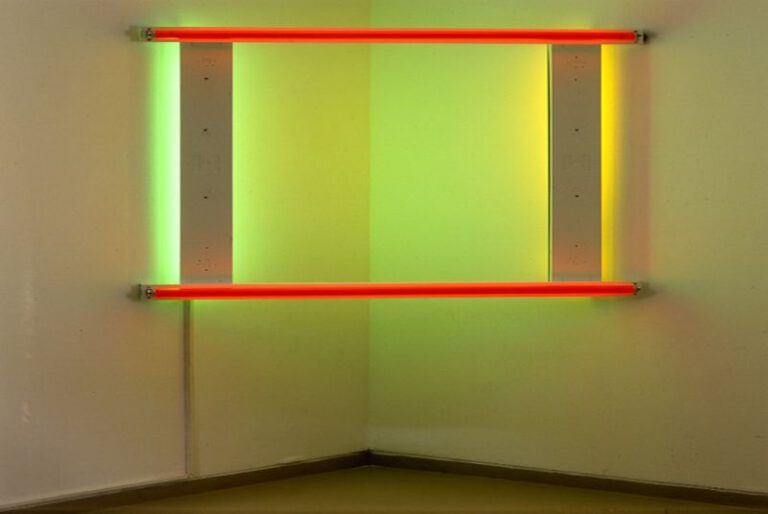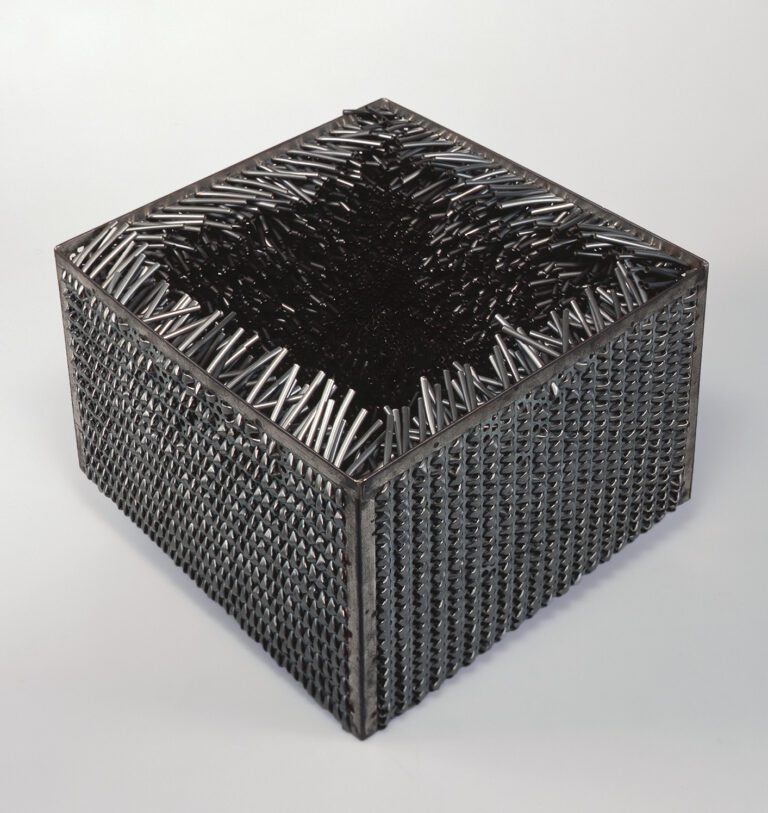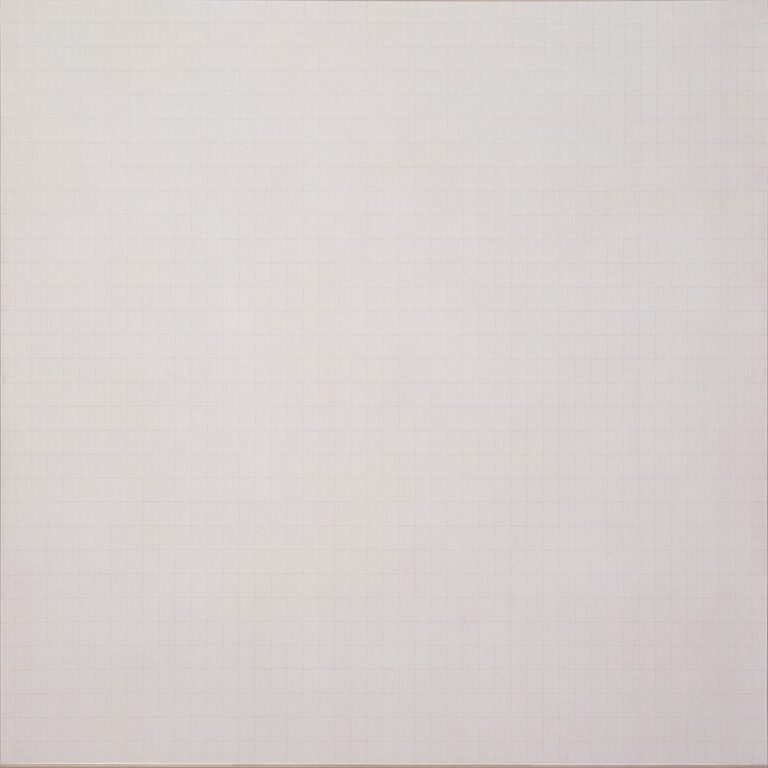A talented jazz saxophonist, American Minimalist Robert Ryman moved to New York in 1953. While working for his livelihood as a security guard at the Museum of Modern Art, he met the artists Sol LeWitt and Dan Flavin, who also worked there. Ryman, captivated by the newly acquired Abstract Expressionist works of Mark Rothko, Willem de Kooning, Clyfford Still, Jackson Pollock, and Barnett Newman, purchased some art supplies and began to experiment with painting. In 1959 he finished his first professional artwork, a largely monochrome painting.
Two features characterize Ryman’s work: a square format and an exclusively white palette. Although he used only white paint, Ryman did not consider his paintings to be monochromatic; for him, the neutrality of white emphasized the varied texture of the painted surface. Countless nuances of whiteness emerge through the combination of a variety of supports (canvas, paper, wood, metal, Plexiglas) with a range of media (acrylic, oil, enamel). In some cases, exposed hanging devices reveal part of the process involved in realizing a work and presenting it to the public.
With Range, the artist draws our attention to the edges of the fiberglass panel by painting its two sides and lower left corner in oil and enamel in varied shades of white. He also enriched the composition and delicate color relationships with an aluminum strip above and below, exposing the fasteners and bolts. By highlighting the brackets that attach the artwork to the wall – a technical detail ordinarily hidden from view – Ryman raised awareness to the creative process as an essential part of viewing an artwork. The question for him was not what to paint, but how to paint. In Ryman’s view, painting is not about formulas or descriptions: it is about experience and enlightenment.
Adina Kamien
